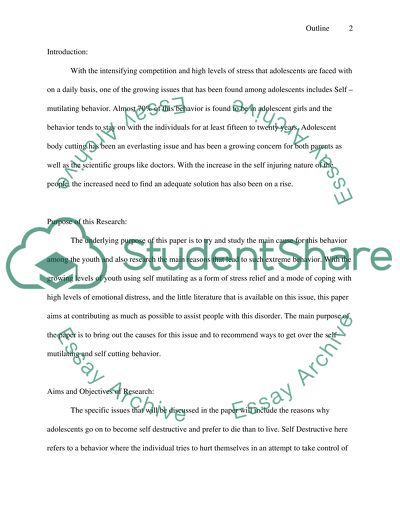Cite this document
(The Body Cutting Nature of Adolescents and Possible Reasons for this Research Paper - 4, n.d.)
The Body Cutting Nature of Adolescents and Possible Reasons for this Research Paper - 4. Retrieved from https://studentshare.org/psychology/1559199-research-paper
The Body Cutting Nature of Adolescents and Possible Reasons for this Research Paper - 4. Retrieved from https://studentshare.org/psychology/1559199-research-paper
(The Body Cutting Nature of Adolescents and Possible Reasons for This Research Paper - 4)
The Body Cutting Nature of Adolescents and Possible Reasons for This Research Paper - 4. https://studentshare.org/psychology/1559199-research-paper.
The Body Cutting Nature of Adolescents and Possible Reasons for This Research Paper - 4. https://studentshare.org/psychology/1559199-research-paper.
“The Body Cutting Nature of Adolescents and Possible Reasons for This Research Paper - 4”, n.d. https://studentshare.org/psychology/1559199-research-paper.


